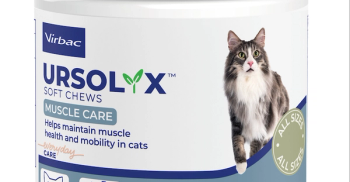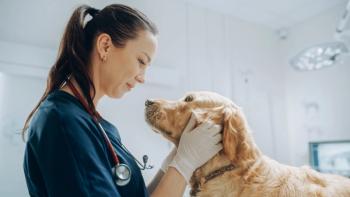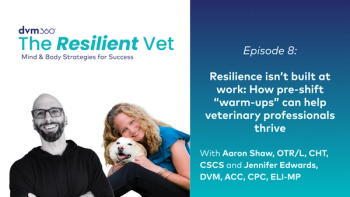
Pugs Defy Evolutionary Constraints?
Regardless of neck length or species, all mammals have 7 cervical vertebrae. That is, until pug dogs have appeared to break out of these evolutionary constraints.
Although the number of thoracic, lumbar, and sacral vertebrae vary considerably among mammalian species, the number of cervical vertebrae is consistent among all mammals. Regardless of neck length or species, all mammals have 7 cervical vertebrae. That is, until pug dogs have appeared to break out of these evolutionary constraints. A recent paper in the
Study Design
In this retrospective, multi-institutional study from the United Kingdom, up to 20 computed tomography (CT) scans were selected randomly for review among each of 19 nonbrachycephalic dog breeds, as well as the following brachycephalic breeds: French bulldogs, English bulldogs, Boston terriers, and pugs. Among these, the breed most commonly exhibiting cervical ribs was used for further analyses, and all available spinal CT scans of that breed were used for additional analyses. Further analyses included classifying cervical vertebral malformations as vertebral body formation defects, transitional defects, or dorsal process formation defects. Where cervical ribs were identified, they were classified as short or long, and with or without articulations. Finally, a ratio of spinous process height of C7:T1 was calculated.
RELATED:
- Articular Process Malformations in Brachycephalic Breeds
- Pet Genetics Testing: The Potential Dangers of an Unregulated Industry
Results and Discussion
Twenty CT scans were available for each breed except husky (n = 15), Basset hound (n = 15), German pointer (n = 13), miniature schnauzer (n = 6), and chow chow (n = 4). The breed most commonly exhibiting cervical ribs was the pug, for which 130 CT scans were available and used for further analyses. Fifty-seven of 130 pug dogs had cervical ribs. Cervical ribs occurred more frequently in females (30/45, 65%) than in males (15/45, 29%) (P = .012), and were more commonly bilateral (32/45, 71%) than unilateral (13/45, 29%) (P = .04). Cervical ribs were most commonly short, with (26/77, 34%) or without (27/77, 35%) articulations. Cervical ribs were long with articulation in 22/77 (28.5%) of cases, and long without articulation in only 2/77 (2.5%) of cases. Cervical vertebrae with ribs were associated with longer spinous processes and higher C7:T1 spinous process ratios (P < .001).
Clinical Impact
In an applied clinical setting, the presence of cervical ribs could impact localization of lesions when performing cervical vertebral surgery. Although not reported in the literature, dogs with cervical ribs may be predisposed to thoracic outlet syndrome, in which neurovascular structures may be compressed at the thoracic outlet.
In a more theoretical setting, the presence of cervical ribs is of evolutionary interest, as the number of cervical vertebrae had been thought to be stable among mammal species due to evolutionary pressure. Harsh conditions and stressors like hyperthermia, as well as mutations that influence Hox gene expression, may play a role in the development of cervical ribs. There is some evidence that high rates of inbreeding may contribute to the development of cervical ribs, likely due to a spontaneous genetic mutation that then propagates within a genetic line. Genetic analyses in Hox or other associated genes was beyond the scope of this study. Whereas in the distant past, animals or humans with cervical ribs may have had selection pressures against them that limited survival, in modern times, human intervention and caretaking of the domestic dog may relax these past selection pressures.
Dr. Packer is an associate professor of neurology/neurosurgery at Colorado State University College of Veterinary Medicine and Biomedical Sciences in Fort Collins, and is board certified in neurology by the American College of Veterinary Internal Medicine. She is active in clinical and didactic training of veterinary students and residents and has developed a comparative neuro-oncology research program at Colorado State University.
Newsletter
From exam room tips to practice management insights, get trusted veterinary news delivered straight to your inbox—subscribe to dvm360.




